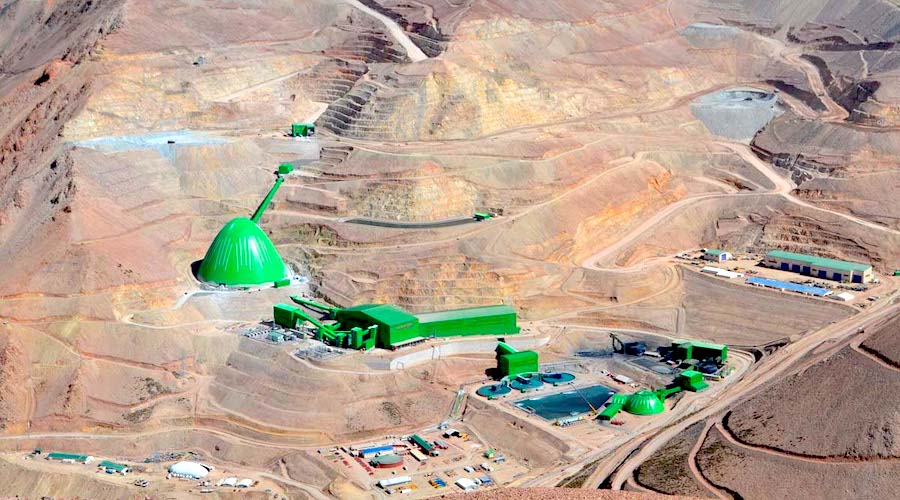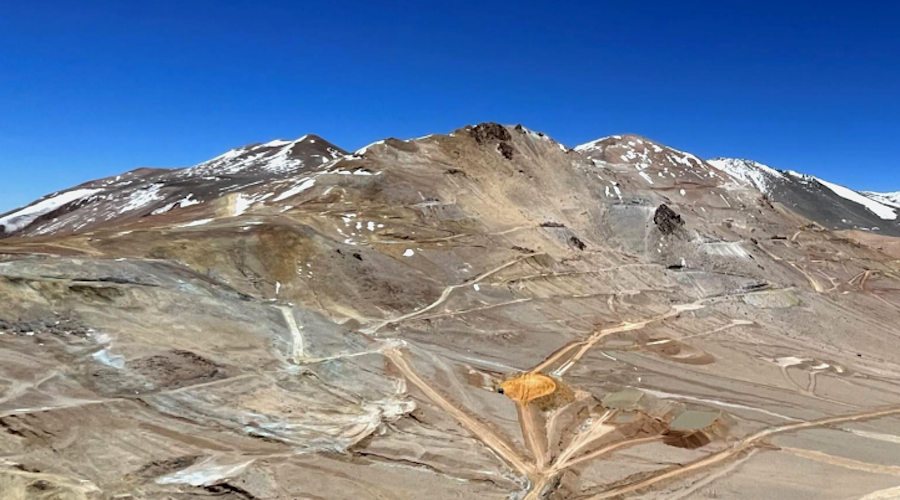Lundin targets top-ten copper miner status in bold expansion plan
Posted Under Commodity News, On 19-06-2025
Source: mining.com
Canada’s Lundin Mining (TSX: LUN) has unveiled a strategic growth plan designed to catapult the company to the status of the world’s top ten copper producers.
The Vancouver-based miner aims to reach annual output of 500,000 tonnes of copper and approximately 550,000 ounces of gold within three to five years.
The strategy focuses on brownfield expansions at its core assets in Chile, Candelaria and Caserones, as well as Chapada in Brazil. It also includes new developments in the Vicuña district, which spans the Chile–Argentina border and includes the Josemaría and Filo del Sol projects.
“Lundin Mining is entering an exciting new growth phase, underpinned by a clear path to increase copper production through low-cost brownfield expansions,” CEO Jack Lundin told investors this week.
The company is advancing several low capital intensity projects expected to boost annual copper production by 30,000 to 40,000 tonnes in the medium term.
“The five-year base case scenario would see the company generate close to $2 billion in free cash flow with relatively stable production,” BMO mining analyst Matthew Murphy wrote. “Additional organic growth options are available at low capital intensities to grow copper production another 10%. The company is making progress with continuous improvement efforts, and we believe there is more to come.”
At Candelaria, a revised underground expansion plan could raise throughput capacity by up to 60%, potentially adding 14,000 tonnes of copper per year. This includes bringing underground mining operations in-house to improve productivity and mechanical reliability.

“The upside opportunity for Candelaria comes from the underground, which has the potential to extend mine life materially with higher grade throughput,” Murphy said in the note. “A ramp up of underground volumes could be supported by reducing reliance on contractors, changing mining methods to include backfill and improving ore recovery, thereby reducing unit mining costs, and allowing more resource conversion.”
Operational upgrades at Caserones, including improved leaching practices and use of additional oxide ore, could deliver an extra 7,000 to 10,000 tonnes annually.
In Brazil, the Chapada mine’s Saúva satellite deposit, located 15 km from the main site, is projected to produce 15,000 to 20,000 tonnes of copper and up to 60,000 ounces of gold per year. A prefeasibility study is expected by the end of 2025.
Exploration is also advancing at the Eagle mine in the United States, where drilling at the Boulderdash project — under an earn-in agreement with Talon Metals (TSX: TLO) — could significantly extend mine life.
Joint venture with BHP
Beyond near-term expansions, Lundin is pushing forward with the Vicuña project, a 50:50 joint venture with BHP (ASX: BHP) that encompasses the Filo del Sol deposit in Chile and Josemaría in Argentina.
A combined development study is underway and expected to wrap by the first quarter of 2026. Lundin says the integrated project could rank among the highest-grade undeveloped open-pit copper assets globally, while also boasting one of the world’s largest untapped gold and silver resources.
“The Vicuña project offers transformational long-term growth potential,” Lundin said. The executive has previously referred to Filo del Sol as “one of the most significant greenfield discoveries in the last 30 years,” and a cornerstone of what could become a world-class mining complex.
___________
RELATED: What global copper mining’s top tier could look like

